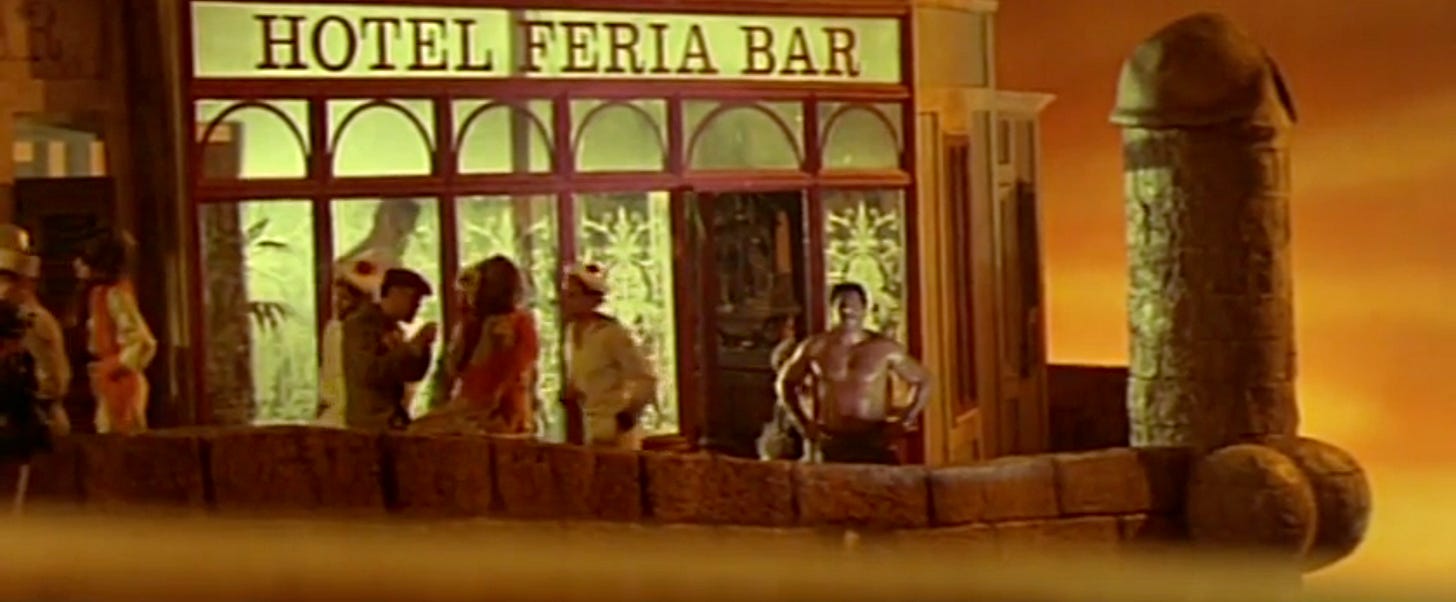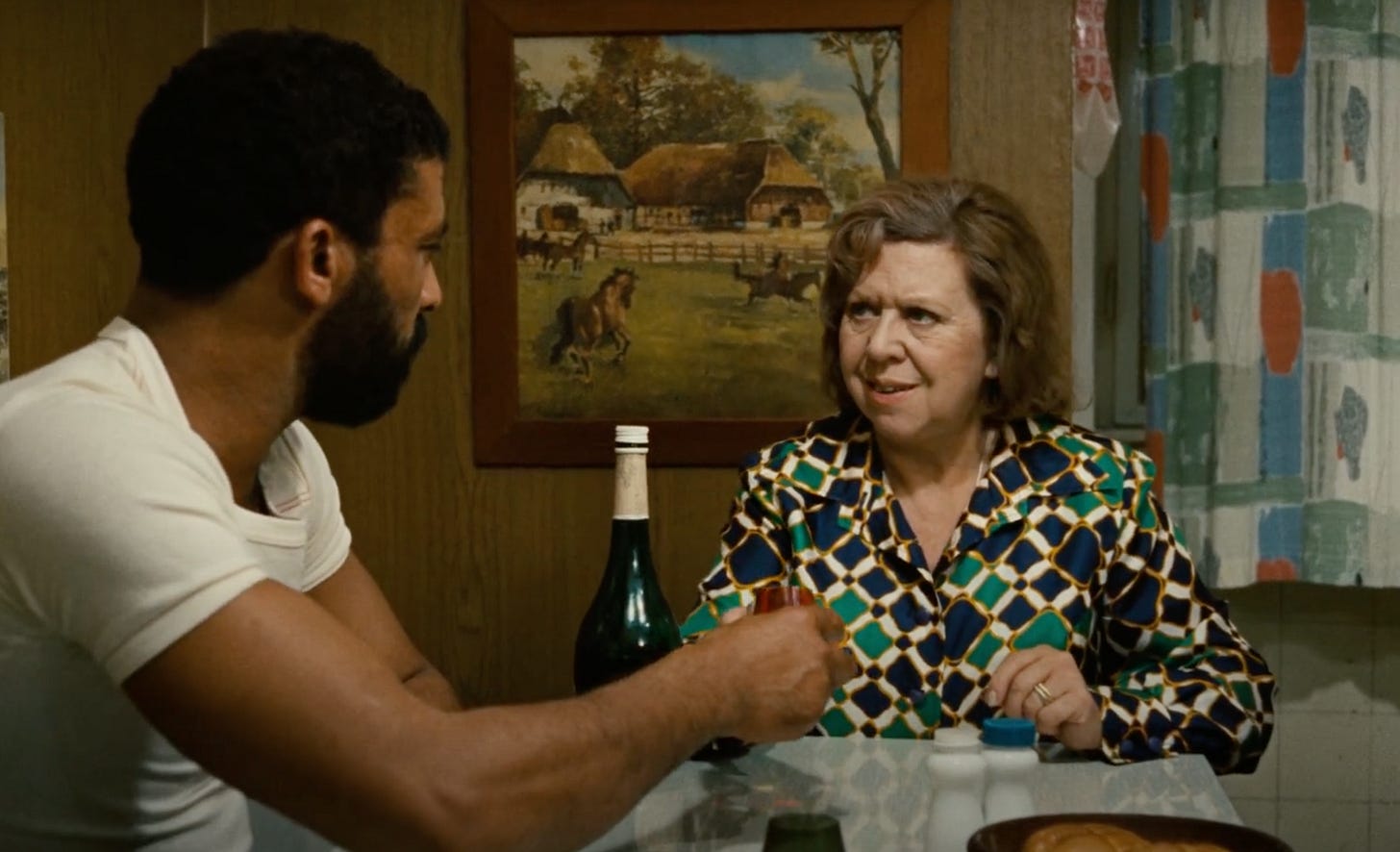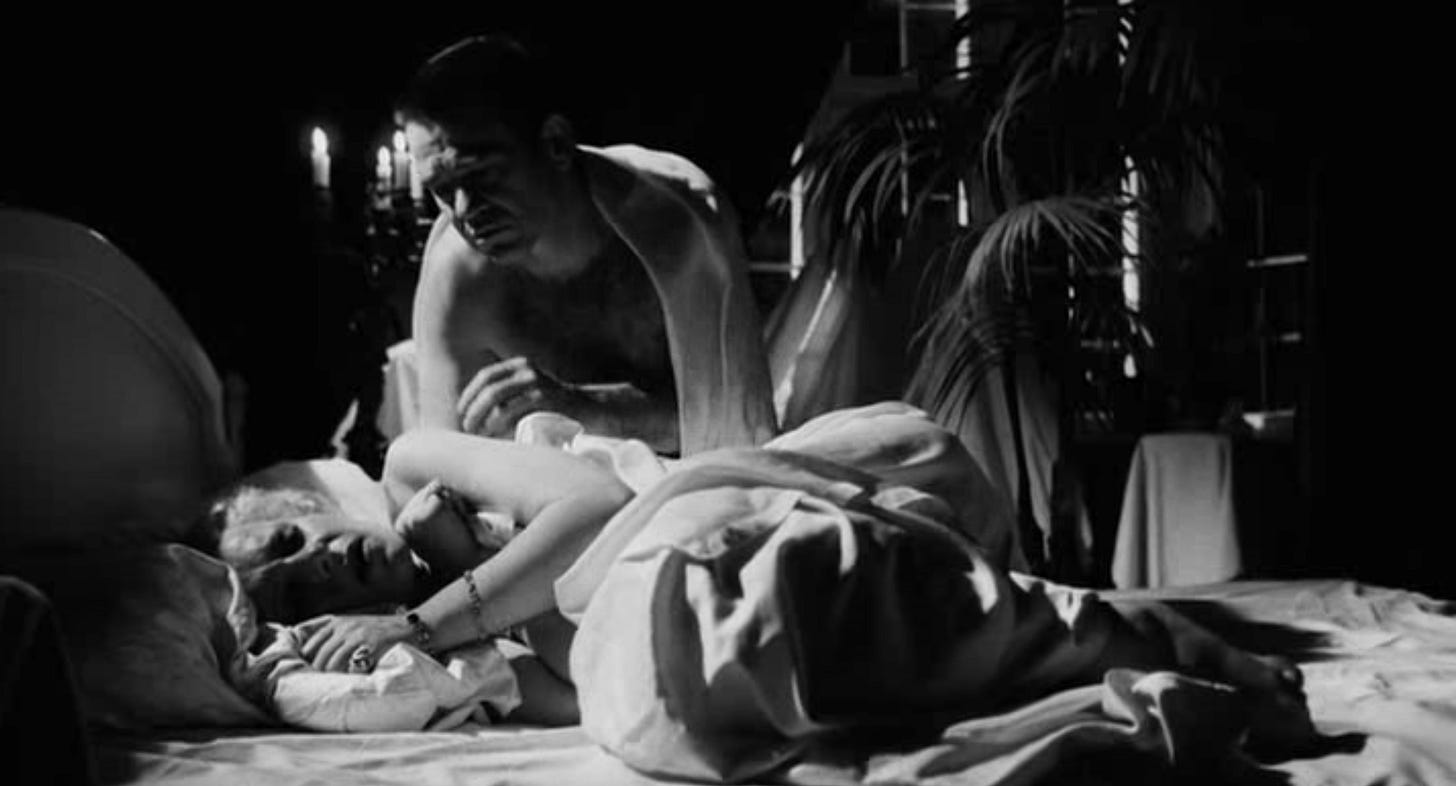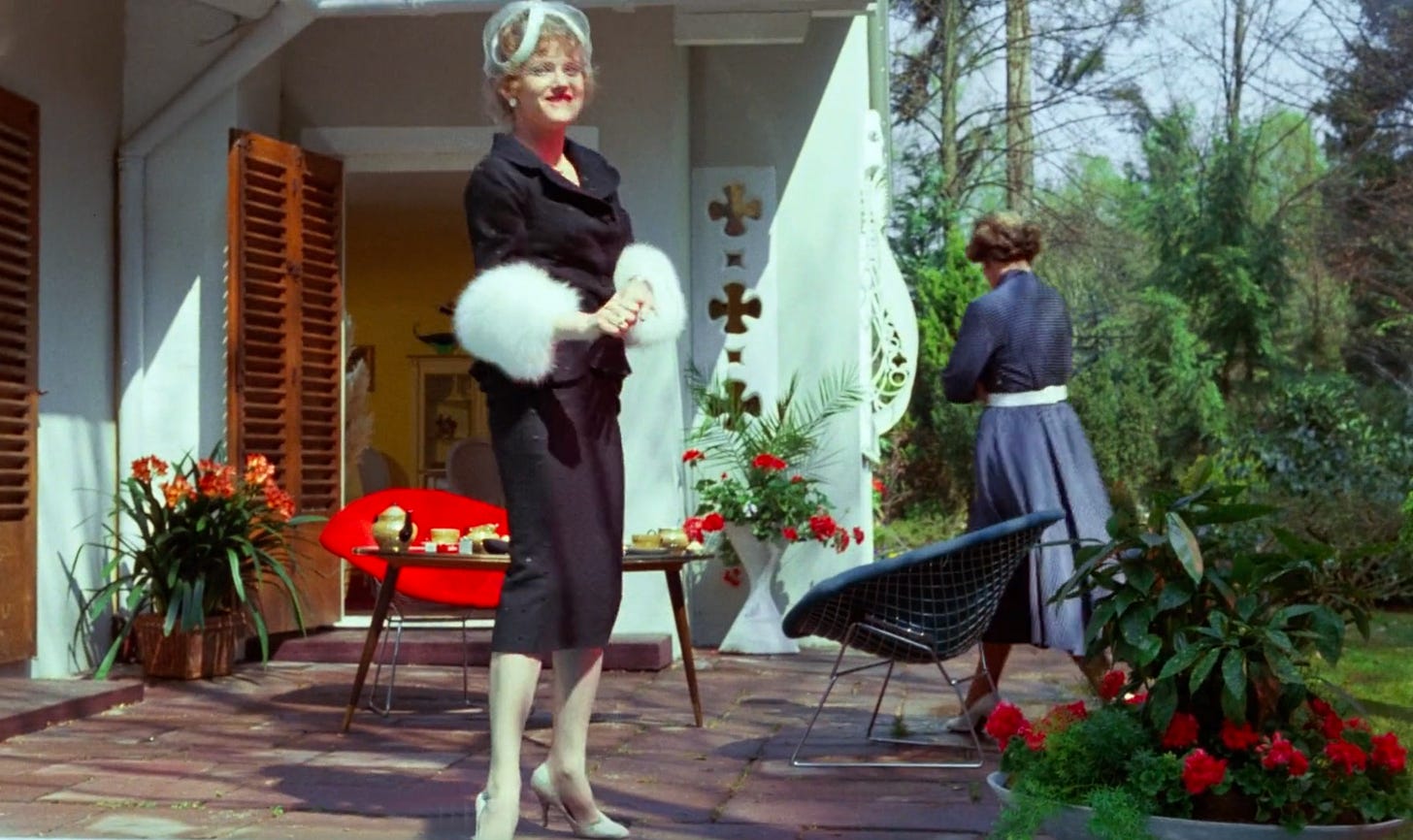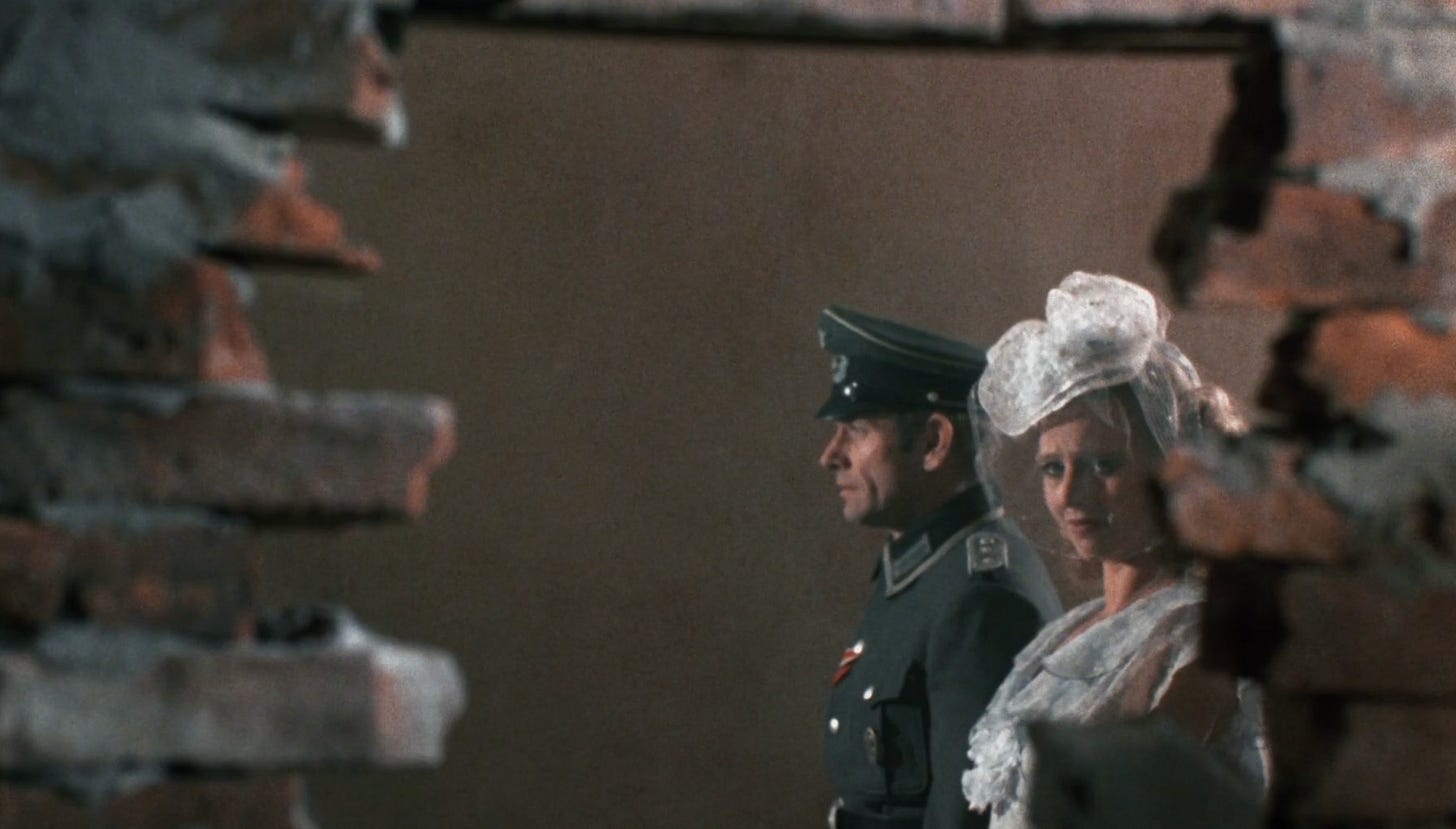Ian Penman’s Fassbinder Thousands of Mirrors is an example of a cautious and acceptable contemporary critical poiesis. Detachment from its subject grants inculpability, a literary rules-based order. Strangely, despite the thousands of references to Fassbinder, we learn little about the fêted director, his movies, or his life. Penman weaves a bit of Fassbinder into a memoir, a network of themes, relationships, and fandom, parts extrapolated from the titular auteur. Penman dispenses with Fassbinder’s oeuvre through comparisons, one film being like another or updating this with a shadow to that. It’s an orgy of namechecks, many sections are simply lists of moves, TV shows, punk groups, and other directors, and the titles of Fassbinder’s 44 projects repeated and repeated. The movies, their affecting power, economy, and purposes, and their explorations of what interconnection, call it love, can be and what it can do to us, remain dark experiences in Penman’s memory, scattered on YouTube.
Why write a book at all if it is nominally about an artist without need for their art, their screen a yearning void? And perhaps that is the elusive point of this episodic account of a tantalisingly edgy Fassbinder. Penman’s Fassbinder believed that people choose madness as he himself chose intensity. Penman amplifies the live-fast-die-young Fassbinder, the voracious cigarette-guzzling auteur, his physiognomy a clock of deterioration, the frame rate accelerating the decay. But, you are safe with Penman. He avoids excess. He capitulates, and too soon, the reader is back swaddled in the Netflix present, nostalgic for one-night art house stands and movies remembered as unrepeatable experiences.
I guess plenty of books will tell you about Fassbinder’s life and achievements—chatgpt it. We don’t need any more information. So, for example, of Ali: Fear Eats the Soul, possibly Fassbinder’s most highly regarded work, Penman avoids analysis. It is ’a notable exception to the general rule’, a movie with a scene in a hospital, a film with ordinary characters tainted by innocence, and ‘unquestionably a masterpiece.’ To flesh out Fear Eats the Soul for those who have not seen it, the narrative plays out in luminous 70s Fugicolour. It concerns a mixed-race couple from different generations. They first encounter one another in a gloomy bar, where they dance slowly to the jukebox. It’s love without glamour, although there is plenty of fab period décor and the woman has a lovely wardrobe of geometric fabrics. Soon the relationship is oppressed by neighbourhood bitterness, fuelled by aggressive racist and ageist attitudes—however, the initial spite yields to a self-interested acceptance. But, the man remains a curiosity, an unknown object. He is desired, discounted, and ultimately pathologised—roles habitually reserved for women, projected onto an exotic male body. Without providing the details of such scenarios, Penman can refrain from engaging with the criticism of Fassbinder’s noted portrayals of women and rumours of his off-screen grooming, gaslighting, and abuse. Former lovers El Hedi Ben Salem (the Ali of Fear Eats the Soul) and Armin Meier committed suicide, Irm Hermann claimed she tried to kill herself three times, and Hanna Schygulla said she felt like Fassbinder’s puppet. In Penman’s fetishisation of the Fassbinder myth, we don’t learn about any of it. Fassbinder associated women with passion and men with commerce. And, for all their power, his female characters remained mired in patriarchal representations as victims. A female lead, Veronica Voss, sums it up, ‘You don’t understand me when an actress plays a woman who wants to please a man, she tries to be all the women in the world rolled into one.’
Overall, the book’s style of rambling reminiscences cut short makes sense as a generous and restricted take on the Fassbinder, who challenged taboos, stereotypes, and bourgeois attitudes. Penman, as in a discontinuous late-night inebriated conversation, ponders and struggles to exactly recall any salient facts, lurching from one amazing awesome clip you’ve gotta see to another, where his Luddite fumbling with Youtube subtitles is so absorbing that he forgets what he wanted to say about the unseen gem on the screen (Ian, you just need to select closed-caption and then go to settings to get the English translation. Or, as Jack [Adam Driver] instructs us in White Noise [Noah Baumbach 2022], if you are serious about your subject, learn German).
Fassbinder’s stance in works such as Fear, and more so in earlier works, was detached and non-judgemental. His characters, particularly lovers, are strangers, enthusiastic but never intimate in a conventional way. These lovers test one another to see how far they will go and how much they are prepared to pay. Fassbinder sees love as transactional, and, similarly, Penman expresses his devotion in quantities; that’s why there are so many lists. To consolidate his stance, the whole thing is subdivided into 450 discrete numbered sections. It is an economy of means, in keeping with his subject’s approach. Fassbinder reused sets, props, locations, and actors. The expedience gave his movies, such as Maria Braun (1979), Lola (1981), and Veronica Voss (1982), a Brechtian sense of artifice, paradoxically heightening the realism of his intimate company of artistes, performing with committed tenor.
The Fassbinder Penman doesn’t commit to is the miscreant, misogynist, chauvinist, antisemite, anti-gay, and anti-communist. In the book, the great director’s contradictions remain in suspension. A self-destructive monster whose monstrousness is strangely uninteresting as the long-essay stutters its enthusiasm for a complex subject and turns out to be a chronological survey, ending with Fassbinder’s final film, the erotic Querelle (1982). Studio bound and stylised as if Fassbinder was breathing technicolour and animation into the drawings of Tom of Finland. The pent-up narratives of the iconic artist’s characters are finally and gloriously able to play out. In fact, the story derives from Jean Genet. Penman mentions Genet 32 times but never tells the reader anything of how Genet squeezed poetry from a heroic, uncompromising life. Penman situates his words in between one thing and another, eulogising those blown out on excess, asking us to imagine early-Garbo morphed into late-Chet Baker. People lost to deregulation and on a downward spiral into the darkness of cigs, alcohol and substances. For Penman, this free indulgence is an enticing masculinity. But for this reader, it is misogynistic, not emancipation but fear of freedom perceived or represented in the movies as a female condition – those who experience it are mad. Fassbinder’s enlightened madness and freely administered self-abuse is a retort to the pathologised woman—medicated to be normalised.

